Growing Awareness of Animal Health
There is a notable increase in awareness regarding animal health, particularly among dairy farmers and consumers. This heightened awareness is driving the Mastitis Market as stakeholders recognize the importance of maintaining herd health for sustainable production. Educational initiatives and outreach programs have been implemented to inform farmers about the implications of mastitis on animal welfare and economic viability. Consequently, this awareness is fostering a demand for advanced diagnostic tools and treatment options, thereby stimulating growth within the Mastitis Market. The emphasis on animal welfare is expected to continue influencing purchasing decisions in the coming years.
Increasing Demand for Dairy Products
The rising demand for dairy products is a crucial factor propelling the Mastitis Market. As consumer preferences shift towards dairy consumption, the pressure on dairy producers to maintain high-quality milk production intensifies. This demand compels farmers to adopt effective mastitis management strategies to ensure optimal milk yield and quality. Reports suggest that the dairy market is projected to grow at a compound annual growth rate of 3.5% over the next five years. Consequently, the Mastitis Market is poised to benefit from this trend, as producers seek solutions to combat mastitis and enhance overall herd productivity.
Advancements in Treatment Technologies
Technological advancements in treatment options are significantly influencing the Mastitis Market. Innovations such as targeted therapies and improved antibiotic formulations are emerging, providing more effective solutions for managing mastitis. The introduction of non-antibiotic alternatives, including immunomodulators and herbal treatments, is also gaining traction. These advancements not only enhance treatment efficacy but also align with the growing demand for sustainable practices in livestock management. As a result, the Mastitis Market is likely to experience growth driven by the adoption of these novel technologies, which aim to improve animal health outcomes and reduce reliance on traditional antibiotics.
Rising Incidence of Mastitis in Dairy Cattle
The increasing incidence of mastitis in dairy cattle is a primary driver of the Mastitis Market. Reports indicate that mastitis affects approximately 30% of dairy herds, leading to significant economic losses. The condition not only reduces milk production but also increases veterinary costs and impacts milk quality. As dairy farmers seek to mitigate these losses, there is a growing demand for effective treatment and prevention solutions. This trend is likely to propel the Mastitis Market forward, as stakeholders invest in innovative therapies and management practices to address the rising prevalence of this disease.
Regulatory Pressure for Sustainable Practices
Regulatory frameworks are increasingly emphasizing sustainable practices in livestock management, which is impacting the Mastitis Market. Governments and organizations are implementing stricter guidelines regarding antibiotic use and animal welfare standards. This regulatory pressure is prompting dairy farmers to seek alternative solutions for mastitis management that align with sustainability goals. As a result, there is a growing market for innovative treatments and preventive measures that comply with these regulations. The Mastitis Market is likely to evolve in response to these changes, as stakeholders adapt to meet both regulatory requirements and consumer expectations for responsible dairy production.
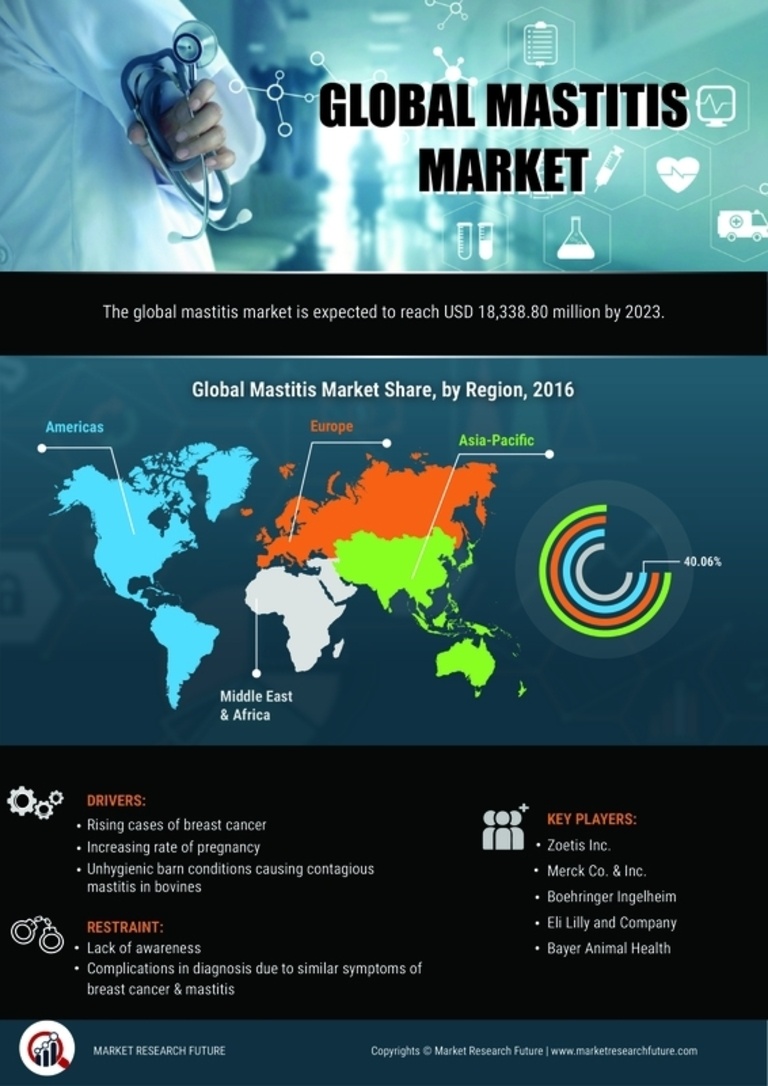

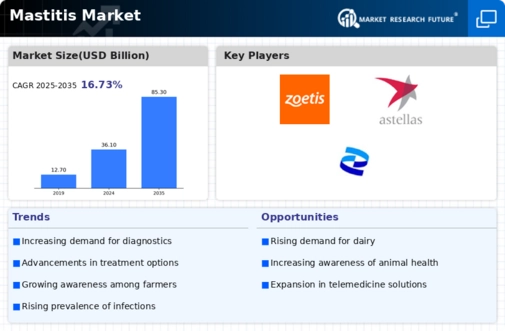
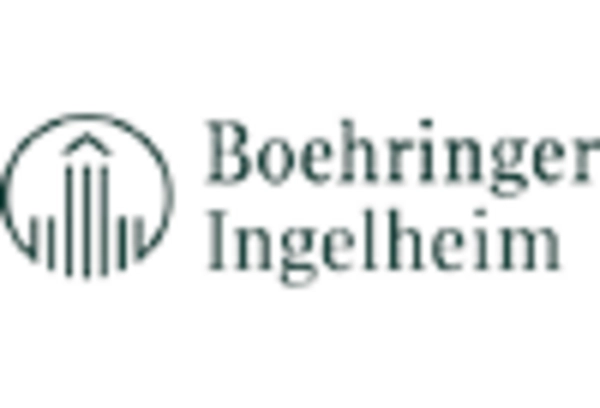
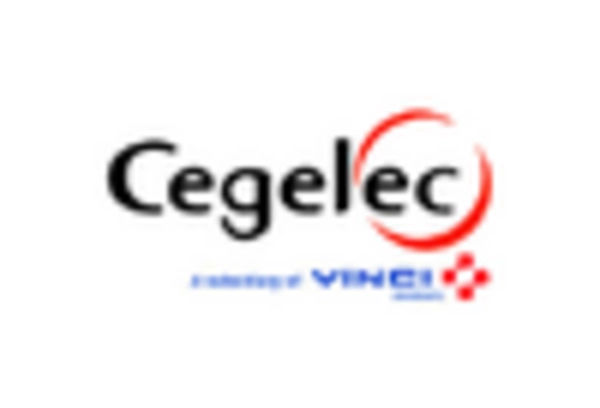
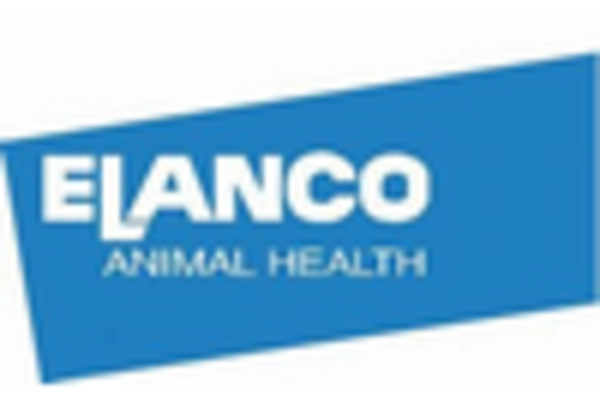

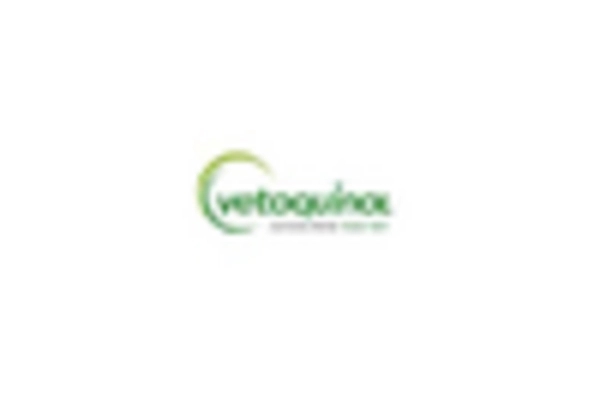
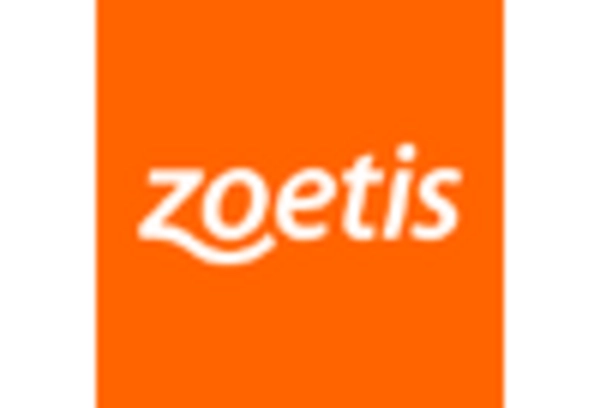








Leave a Comment